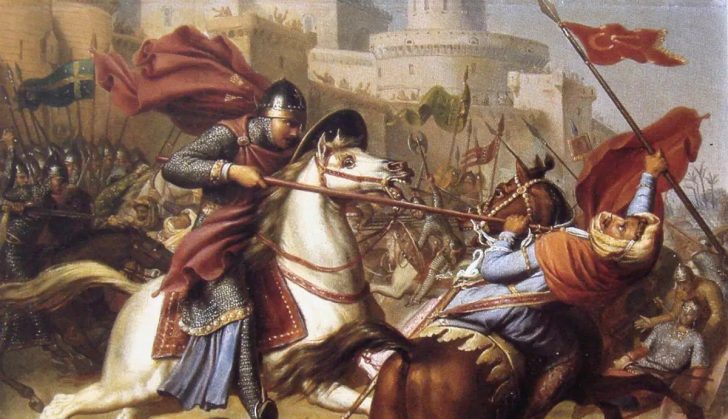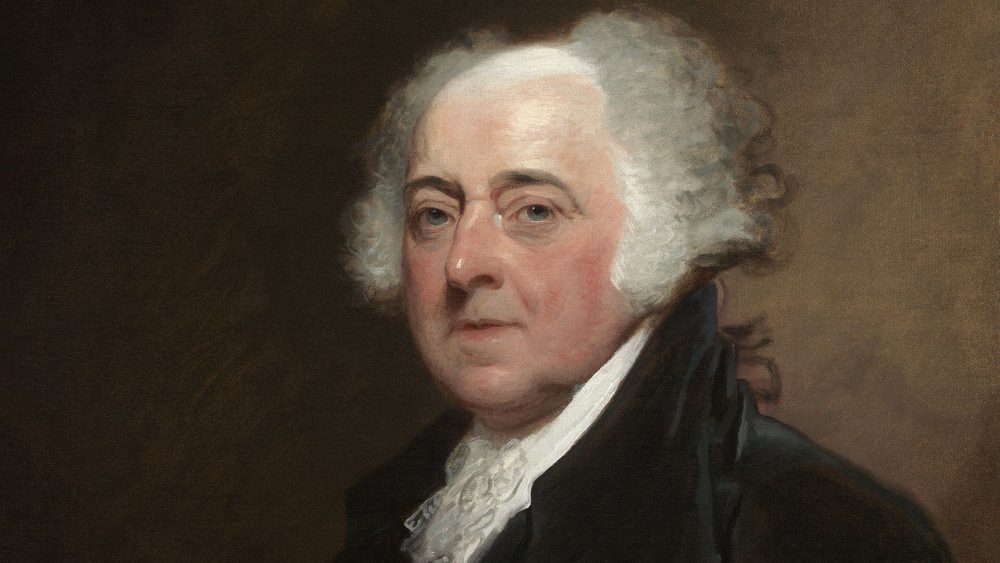Joan of Arc, one of history’s most fascinating figures, continues to captivate hearts and minds even centuries after her extraordinary life. Known for her divine visions and bold leadership, she rose from obscurity to shape the destiny of France during the Hundred Years' War.
But there is much more to her story than the famous siege and her tragic end.
Joan of Arc Had No Military Training - Yet Led an Army to Victory
Joan of Arc is famous for leading the French to a decisive victory at the Siege of Orléans, but she had zero military training. This young peasant girl, barely 17, had never handled a sword before stepping onto the battlefield. Her claim was that of divine guidance.

History / Saint Joan of Arc believed she was chosen by God to lead France against England and end the war.
Against all odds, she convinced Prince Charles (later King Charles VII) to trust her with an army. Her strategy, courage, and uncanny ability to inspire soldiers turned the tide of the siege in just nine days. The English forces were stunned - not just by her tactics - but by her presence. Joan's triumph at Orléans was not just a military win. It was a turning point for French morale, reshaping the war entirely.
Her Trial Was More Political Than Religious
Joan of Arc’s capture and trial is often portrayed as a straightforward accusation of heresy. But the truth is more politically charged. Captured by the Burgundians, allies of England, Joan was sold to her enemies. They saw her as a symbol of French resistance - a threat that needed to be silenced.
English supporters orchestrated the trial to label her as a witch and heretic, hoping to undermine King Charles VII, who owed his crown partly to Joan's efforts. Despite enduring months of interrogation, Joan never wavered in her belief that her actions were divinely inspired. Her refusal to renounce her visions sealed her fate. But it also cemented her as a martyr and symbol of defiance.
She Never Actually Fought in Battle
One of the most surprising facts about Joan of Arc is that she never physically fought in any battles. While she wore armor and carried a banner, she stayed on the sidelines, directing troops and boosting morale. Her role was more about leadership and inspiration than wielding a sword.
Her banner became her symbol. Soldiers rallied behind it, believing in her divine mission. Her presence on the battlefield was electrifying, pushing her troops to fight harder and braver. Despite not engaging in combat herself, Joan’s influence was undeniable.
Saint Joan of Arc Was Just a Teenager When She Changed History!
It is easy to forget that Joan of Arc was a teenager when she accomplished her extraordinary feats. At just 17, she led a French army to victory, and by 19, she had been executed. Her age makes her story even more astonishing. How could someone so young command such authority and respect?

Britannica / At just 17, she led a French army to victory, and by 19, she had been executed.
Her youth worked both for and against her. On one hand, it made her seem innocent and pure - qualities that aligned with her claims of divine guidance. On the other, it fueled skepticism. How could a mere girl lead seasoned warriors?
Yet, Joan defied expectations at every turn, proving that courage and conviction aren’t limited by age.
Her Canonization Took Centuries
Joan of Arc’s sainthood didn’t happen immediately after her death. In fact, it took nearly 500 years for the Catholic Church to officially recognize her as a saint. After her execution in 1431, the French king she helped crown, Charles VII, ordered a retrial to clear her name. By 1456, she was declared innocent and labeled a martyr.
However, it wasn’t until 1920 that Joan was canonized. Why the delay? Politics and changing religious attitudes played a role. By the 20th century, Joan had become a symbol of French nationalism, especially during World War I. Her sainthood was as much about her faith as it was about her enduring legacy as a unifying figure for France.





